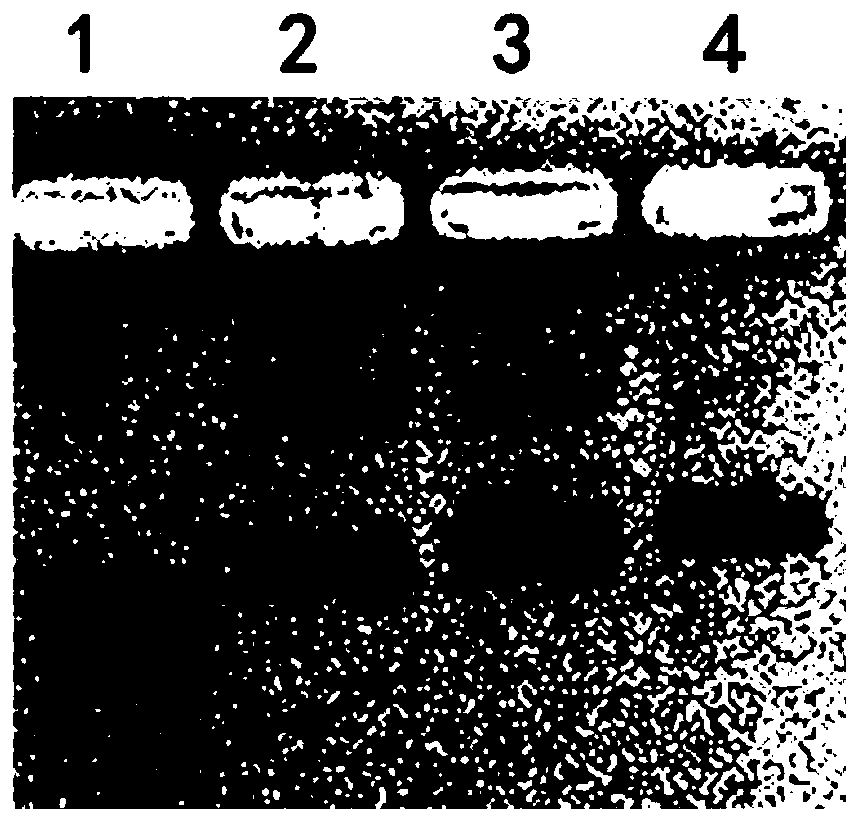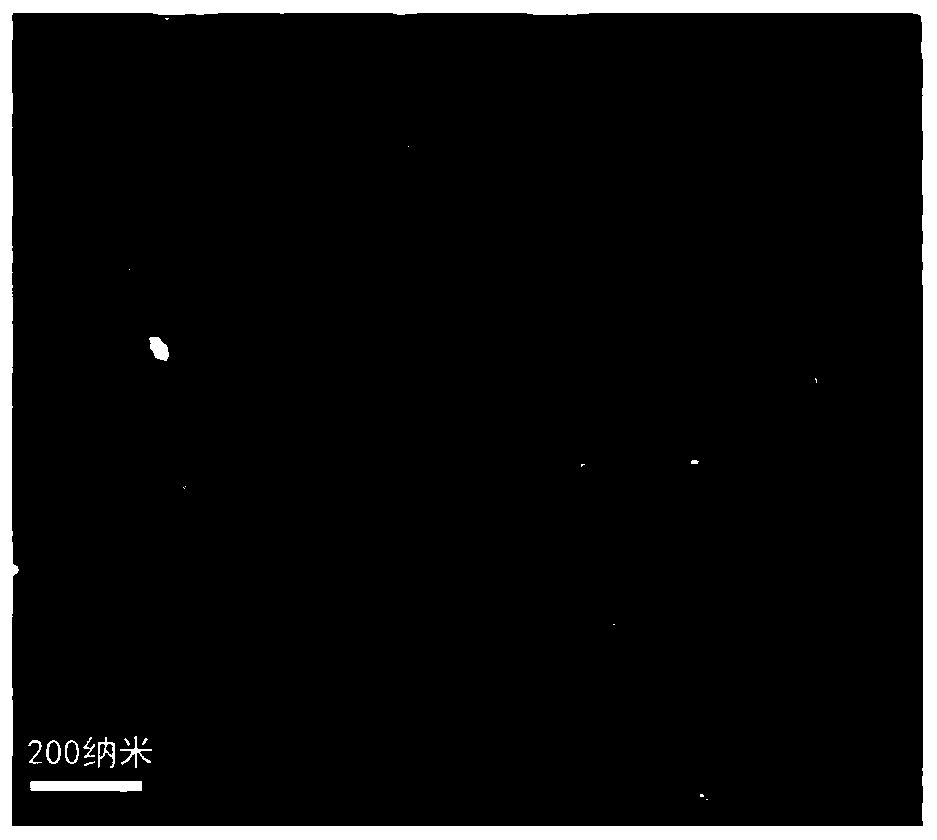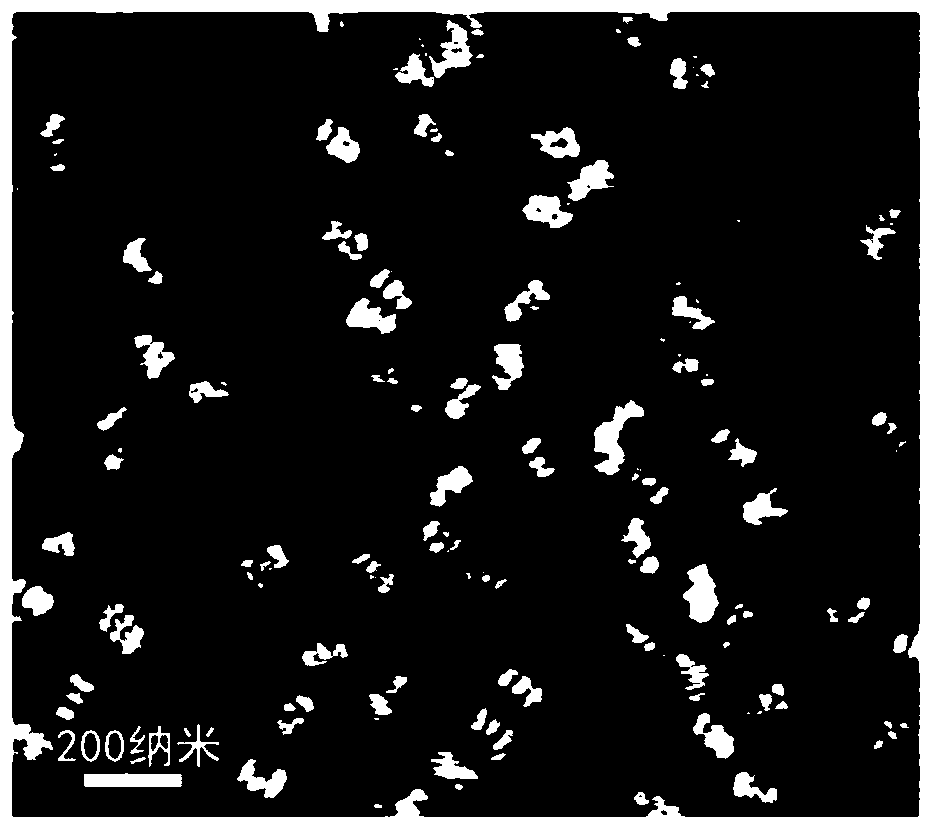A kind of nucleic acid protein nanocomposite and its preparation method and application
A nanocomposite and nucleic acid nanotechnology, which is applied to peptide/protein components, drug combinations, pharmaceutical formulations, etc., can solve limitations and other problems, achieve low toxicity and side effects, simple operation process, and good response repeatability
- Summary
- Abstract
- Description
- Claims
- Application Information
AI Technical Summary
Problems solved by technology
Method used
Image
Examples
Embodiment 1
[0077] Preparation of Nucleic Acid-Protein Nanostructured Complexes
[0078] (1) Assembly and purification of nucleic acid nanostructures with modified upper capture strands
[0079] A long scaffold chain is mixed with the designed staple short chain and capture chain, and the pre-designed nucleic acid nanostructure is assembled according to the principle of complementary base pairing through the classical programmed cooling method. The scaffold chain is the M13 phage genome, and the staple chain is a designed short nucleic acid sequence that is complementary to the scaffold chain. The molar ratio is 1:10:10. After the self-assembly is completed, a centrifugal purification column (100kDa molecular weight cut-off) can be used at 5000 rpm for 3 minutes to concentrate, and the liquid retained in the purification column can be collected in a new EP tube.
[0080] (2) Preparation, purification and quantification of nucleic acid chain functional protein coupling products
[0081]...
Embodiment 2
[0111] The difference between this example and Example 1 is that in step (1) when preparing the DNA nanostructure of the modified upper capture strand, the molar ratio of the scaffold strand, the staple strand and the capture strand is set to 1:5:5 , after the self-assembly is completed, use a centrifugal purification column (100kDa molecular weight cut-off) at 8000 rpm for 2 minutes to concentrate, and collect the retained liquid in the purification column into a new EP tube. In step (2), take 50 μL of ribonuclease A (RNase A) with a concentration of 50 μM in a 1.5 mL EP tube, add 5 μL of Sulfo-SMCC solution with a concentration of 25 mM, shake and mix, and then add 180 μL of 1×PBS Buffer solution, vortexed to mix, fast centrifuged for 20 seconds, sealed with a parafilm, and placed on a shaker for 4 hours. Control the molar ratio of RNase A to Sulfo-SMCC to be 1:50. After the reaction was completed, excess Sulfo-SMCC was removed by centrifugation at 2500 rpm for 3 min with a...
Embodiment 3
[0113] The difference between this example and Example 1 is that in step (1) when preparing the DNA nanostructure of the modified upper capture strand, the molar ratio of the scaffold strand, the staple strand and the capture strand is set to 1:7:7 , after the self-assembly is completed, use a centrifugal purification column (100kDa molecular weight cut-off) at 7000 rpm for 2.5min to concentrate, and collect the trapped liquid in the purification column into a new EP tube. In step (2), take 50 μL of 50 μM ribonuclease A (RNase A) in a 1.5 mL EP tube, add 1 μL of 25 mM Sulfo-SMCC solution, shake and mix, and then add 220 μL of 1×PBS Buffer solution, vortexed to mix, fast centrifuged for 15 seconds, sealed with a parafilm, and placed on a shaker for 4.5 hours. Control the molar ratio of RNase A to Sulfo-SMCC to be 1:10. After the reaction was completed, excess Sulfo-SMCC was removed by centrifugation at 2750 rpm for 2.5 min with a G25 adsorption column. The purified Sulfo-SMCC...
PUM
 Login to View More
Login to View More Abstract
Description
Claims
Application Information
 Login to View More
Login to View More - R&D
- Intellectual Property
- Life Sciences
- Materials
- Tech Scout
- Unparalleled Data Quality
- Higher Quality Content
- 60% Fewer Hallucinations
Browse by: Latest US Patents, China's latest patents, Technical Efficacy Thesaurus, Application Domain, Technology Topic, Popular Technical Reports.
© 2025 PatSnap. All rights reserved.Legal|Privacy policy|Modern Slavery Act Transparency Statement|Sitemap|About US| Contact US: help@patsnap.com



